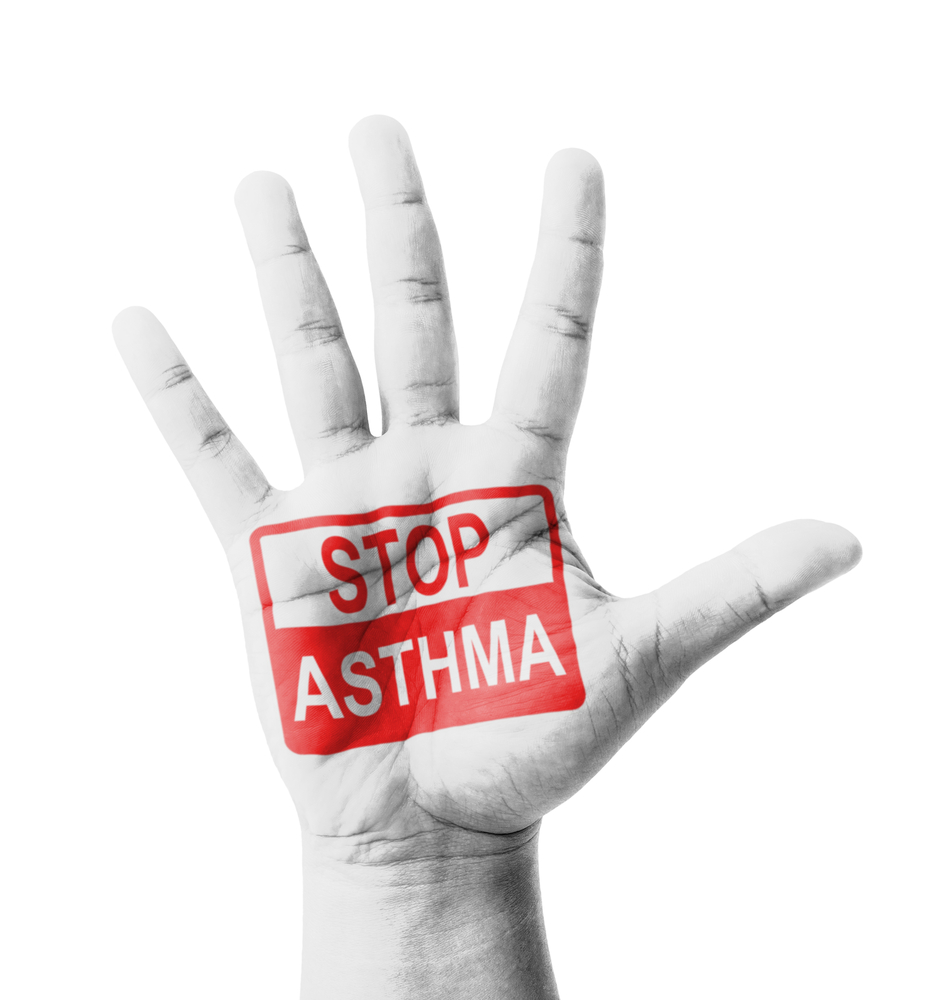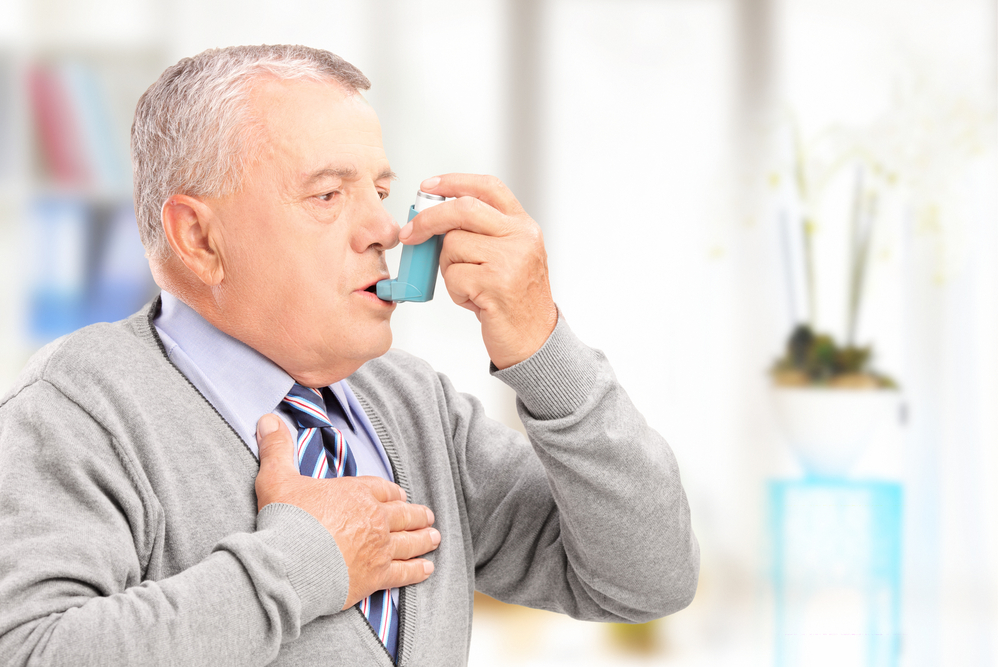According to clinical research, small children with respiratory tract infections such as pneumonia are more likely to develop asthma and weak lung function in later life.
A research study suggests that upper respiratory tract infections such as sinusitis, pharyngitis, laryngitis, otitis, and colds by the age of five years had an increased risk of developing asthma in the future. The kid who had an infection of the lower respiratory tract, such as bronchiolitis, pneumonia, bronchitis, and general chest infections will have an increased risk of developing asthma in the future. Such children also had a greater risk of having worse lung functions. The research studies completely support the hypothesis that early life respiratory issues may influence the development of respiratory illness in the long term.
Pneumonia
Data suggests that Pneumonia is a leading cause of death all over the world and the sixth common cause of death in the USA. However, it is the major cause of death from infectious disease in the USA. Pneumonia is an infection of the lungs caused by a bacteria or virus you have been exposed to the environment or is passed to you from another person. The type of respiratory infection can be passed from one person to another, from coughing, sneezing, or inhaling droplets in the air.
Pneumonia can occur at any age, but it is more common for small children who aged four years or under. The health condition can strike suddenly or gradually. With the help pneumonia treatment in a child, one can expect to get a better condition of his/her kid in around one week to 10 days.
Pneumonia symptoms
The symptoms of pneumonia depend on the cause and severity of the infection. Also, age plays a significant role in identifying the symptoms. Some of the common pneumonia symptoms include fever, abdominal pain, headache, cough, rapid breathing, general malaise, chest pain, loss of appetite, trouble breathing, and blue coloration of the skin around the mouth caused by lack of oxygen.
Pneumonia can occur when an individual breathes small droplets that contain pneumonia-causing organisms. The condition can also develop when bacteria or viruses that are normally present in the mouth, nose, and throat enter the lungs.
Diagnosis
If pneumonia is suspected, take medical help so that an accurate pneumonia diagnosis can be made and suitable pneumonia treatment can be given. When you visit a physician, he/she will take a medical history and will perform a physical examination to diagnose the condition or to identify the cause of the disease. During the examination, your physician will listen to the chest with a stethoscope to hear crackling sounds, wheezing, coarse breathing, and reduced breath sounds in a particular part of lungs as all these abnormalities associated with lungs can contribute to pneumonia.
To confirm the diagnosis, a chest X-ray is usually conducted. The X-ray will show, then affected the area of the lungs. A sample of blood and sputum may also be taken and sent to the laboratory for testing.
Pneumonia Treatment
Most cases of pneumonia can easily be treated at home. However, babies, small children, and people having severe pneumonia needed medical help and required to be admitted to the hospital for pneumonia treatment. The treatment includes antibiotics, pain-relieving medications, paracetamol to reduce fever, and of course rest. Treatment given in the hospital includes oxygen therapy to ensure the body gets the required amount of oxygen, antibiotics given intravenously, intravenous fluids to treat dehydration or if an individual is unable to eat and even drink, as well as physiotherapy to help clear the sputum from the lungs.
The findings associated with pneumonia mentioned in this guide support the hypothesis that early-life respiratory tract infections influence the development of asthma (respiratory illness) in the long term.



